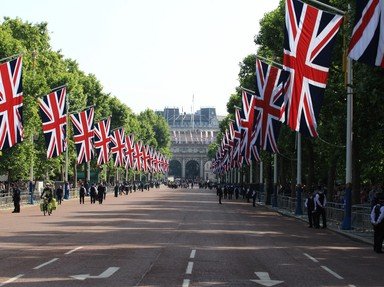Quiz Answer Key and Fun Facts
1. Isabella of Valois - daughter of King Charles VI of France who was just six years old when she became an English king's second wife.
2. Eleanor of Provence - her relatives were given important positions in England's government; her uncle, William of Savoy, was her husband's key advisor.
3. Margaret of France - married a king who was renowned for his love for his first wife and named her only daughter after her predecessor.
4. Margaret of Anjou - played an active role in the Wars of the Roses while her husband was incapacitated by mental illness.
5. Isabella of Angoul�me - queen consort for most of her husband's 17-year reign over England but only after he had obtained an annulment of his first marriage. She later married Hugh X of Lusignan.
6. Matilda of Boulogne - played an active military role in the English civil war known as 'The Anarchy'.
7. Catherine of Valois - married the English king who had been responsible for defeating her father's forces at the Battle of Agincourt during the Hundred Years' War.
8. Isabella of France - known as "The She-Wolf of France", this queen raised an army and led an invasion of England that toppled her husband from his throne.
9. Eleanor of Aquitaine - initially the wife of a French king, she became England's queen consort when her husband ascended the throne after the end of 'The Anarchy'.
10. Henrietta Maria of France - Catholic princess whose time as a queen consort came to an abrupt end when her husband was beheaded.
Source: Author
Fifiona81
This quiz was reviewed by FunTrivia editor
bloomsby before going online.
Any errors found in FunTrivia content are routinely corrected through our feedback system.
